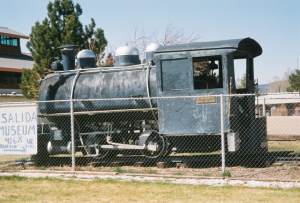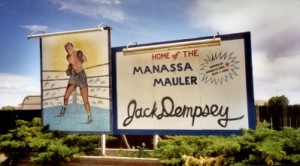Brief by Ed Quillen
Local History – May 2005 – Colorado Central Magazine
They used to make railroad ties near Salida, and the process resulted in a Superfund site. In the future, railroad ties may come from recycled plastic milk bottles.
The formula also includes ground mica, grocery bags and old tires. The ties weigh about the same as traditional wooden ties, and can be installed with the same machinery. They’re supposed to last longer (50 years instead of 30), especially in humid areas, but on the other hand, they cost more.
Besides being made of recycled material, plastic ties have another advantage over wooden ones – they don’t need creosote.

Creosote comes in many varieties, but it’s usually “coal-tar creosote” that gets applied to railroad ties as a preservative. According to the U.S. Environmental Protection Agency, creosote could be carcinogenic, and prolonged exposure to even low levels can cause skin damage.
In 2002, Kerr-McGee Corp. decided to close its five wood-tie creosoting plants after paying $66 million to settle lawsuits alleging injuries from creosote.
The creosoting plant near Salida was in Smeltertown and the site is now occupied by Butala Construction. From 1926 to 1946, the Koppers Corp. treated railroad ties and timbers there.
Koppers, based in Pittsburgh, Pa., is still in the tie business. About all that’s left of the Smeltertown plant now is the small saddle-tanked steam locomotive next to the Salida Hot Springs Pool. It sits in front of a narrow-gauge caboose, but the two were never linked in their working days – the locomotive, built to switch on the tracks at the tie plant, is of an even narrower gauge than the caboose.


